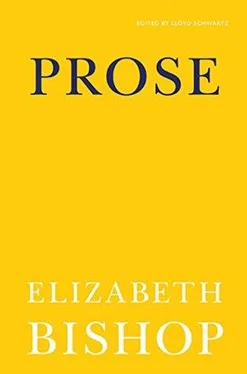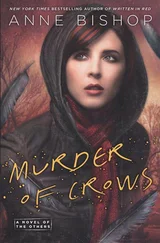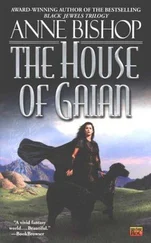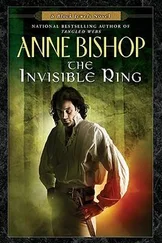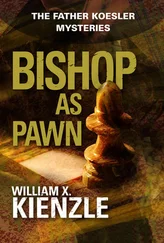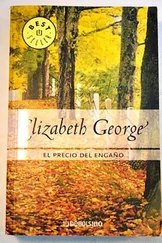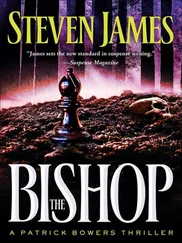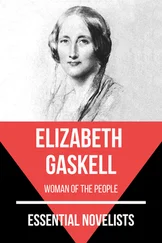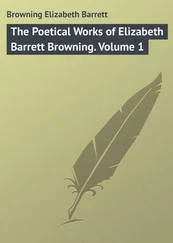The introduction is a de la Mare-ish allegorical account of how he discovered poetry as a boy, — or perhaps it is not allegorical but the literal truth. This is the one part of the book that might seem a bit dated to an adult reader; but by means of dream-like landscapes, old ladies in lost farmhouses, mysterious tower rooms crammed with old trunks and books, in his own way de la Mare is explaining how the anthology was made up, and also letting fall some wise thoughts on the writing of verse in general. In the tower room the boy finds books filled with copied-out poems and sets to work re-copying them for himself. “I had never sat in so enormous a silence; the scratching of my pen its only tongue.… I chose what I liked best … such as carried away the imagination; either into the past or into another mind, or into the all-but-forgotten; at times as if into another world.”
The old lady says to him: “Remember you are as old as the hills which neither spend nor waste time, but dwell in it for ages, as if it were light or sunshine.”
Later on in the notes he tells the story of the mediaeval traveller who made a complete circuit of the world without knowing it, and came back to where he’d started from. To illustrate this story the book begins and ends with the same poem: This is the Key of the Kingdom: a gentle hint to turn back and read it through again. He also points out that “many of the customs, beliefs, lore they [ballads] refer to may be found scattered up and down throughout the world.” Since his vision of both time and poetry seems to be cyclical, he is implying, I think, by the story of the copying, that simple repetition of poetry, copying or memorizing, is a good way of learning to understand it, possibly a good way of learning to write it. Isn’t the best we can do, he seems to be saying, in the way of originality, but a copying and re-copying, with some slight variations of our own?
The book proper consists of songs and ballads, folk-poetry, and frankly romantic poems, all chosen for melodiousness as well as romance. There is nothing “intellectual”, “metaphysical”, or even “difficult”, as de la Mare says when he gives Sabrina fair … leaving out the passages most clotted with classical reference. Of Shakespeare, for example, there are only songs; of George Herbert, Easter, Virtue, and Love (the one that meant so much to Simone Weil). Donne and Hopkins are mentioned only in the notes; of Donne he says (and this explains many of the selections or omissions): “It is a poetry that awaits the mind as the body grows older, and when we ourselves have learned the experience of life with which it is concerned. Not that the simplest poetry will then lose any of its grace and truth and beauty — far rather it shines the more clearly, since age needs it the more.” Blake, Shakespeare, and Shelley have the most poems; Coleridge, Keats, and Christina Rossetti come next. But it is not an anthology to be judged by names or allotments, and there are many more anonymous and single poems than anything else. The sections have titles like Morning and May, Dance, Music, and Bells, and Far, to name but three of the sixteen. But there are also sections on war and death; and under War I was very glad to see Mine eyes have seen the glory of the coming of the Lord, which de la Mare calls “magnificent”. (I have always wished it could be the national anthem.) There is a late 17th century poem by William Cleland, Hallo My Fancy, that might almost be describing the anthology itself.
In melancholic fancy,
Out of myself,
In the vulcan dancy,
All the world surveying,
Nowhere staying …
De la Mare has some practical things to say about meters (which he used so beautifully himself), and even suggests how to read certain of the poems; but he never speaks directly of any of the usual concerns of the critics; for one, let’s say, “imagery”. Instead, the old woman of the introduction tells the boy: “learn the common names of everything you see … and especially those that please you most to remember: then give them names also of your own making and choosing — if you can.” And wouldn’t that be imagery? He loves “little articles”, home-made objects whose value increases with age, Robinson Crusoe’s lists of his belongings, homely employments, charms and herbs. As a result he naturally chose for his book many of what Randall Jarrell once called “thing-y” poems, and never the pompous, abstract, or formal.
After the poems come the notes, and the book is well worth buying for them alone. It is a Luna Park of stray and straying information. He quotes journals, letters, samplers, gravestones, and his friends; then throws in a few recipes. He discusses the calendar, that “anomalous litter of relics”. He is against rigid rules of spelling, and cruelty to animals and children. Would you like to know the name of Noah’s dog? Or the derivation of “cat’s-cradle”? Or read the world’s earliest poem? They are all here, and de la Mare’s transparent delight in what he is telling provokes immediate replies, which is probably just what he intended. One wants to interrupt: “Speaking of birds, Mr. de la Mare, — did you ever run across that pretty notion of Sir John Narborough’s, when he spent the winter of 1670 on the bleak coast of Patagonia, that the inquisitive penguins were like ‘little children standing up in white aprons’?” Since this is not in the book, I’m afraid he couldn’t have.
At my house as I write there is a four-month-old baby who has just discovered his voice; not his crying voice, but his speaking, singing, or poetry-voice, and he devotes stretches of the day to trying it out. He can produce long trills, loud or soft, and repeated bird-like cries, obviously with pleasure. There is also a little black girl of three who vigorously pedals a tricycle around and around in perfect time to an old Portuguese children’s song. Tere — sínha de Je — sús she goes, in mixolydian (I think), telling another story about the same Teresa as Crashaw’s (who is not in this book). And in the kitchen her mother sings one of this year’s crop of sambas, “home-made” annually in endless variety by the poor Negroes of the slums, full of topical facts and preposterous fancies: Come away with me on my little Lambretta, she sings.
Besides the hundreds of better-known and loved poems he chose, surely it is of this kind of random poetry that Walter de la Mare can make child readers, or us, aware; the kind to which he lent his fine ear with such loving attention. As the boy in the tower room copies his poems, “an indescribable despair and anxiety — almost terror even — seized upon me at the rushing thought of my own ignorance ; of how little I knew, of how unimportant I was…” Then daylight comes, he puts down his pen and goes to the window: “I was but just awake: so too was the world itself, and ever is.” And in reading this book we can often recapture what children and other races perhaps still share: de la Mare’s lyrical confidence.
1958
by Robert Lowell
As a child, I used to look at my grandfather’s Bible under a powerful reading-glass. The letters assembled beneath the lens were suddenly like a Lowell poem, as big as life and as alive, and rainbow-edged. It seemed to illuminate as it magnified; it could also be used as a burning-glass.
This new book begins on Robert Lowell’s now-familiar trumpet-notes (see “Inauguration Day”), then with the autobiographical group the tone changes. In these poems, heartbreaking, shocking, grotesque and gentle, the unhesitant attack, the imagery and construction, are as brilliant as ever, but the mood is nostalgic and the meter is refined. A poem like “My Last Afternoon with Uncle Devereux Winslow,” or “Skunk Hour,” can tell us as much about the state of society as a volume of Henry James at his best.
Читать дальше
